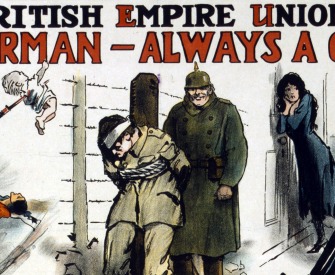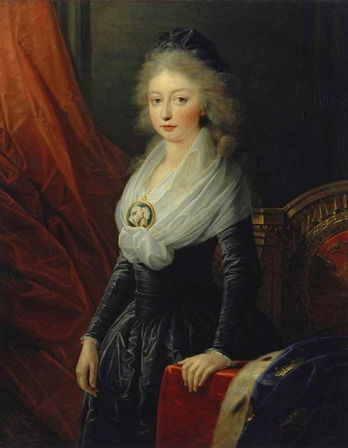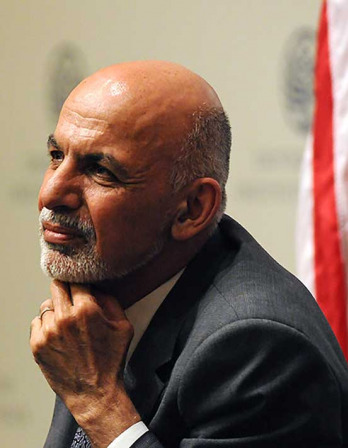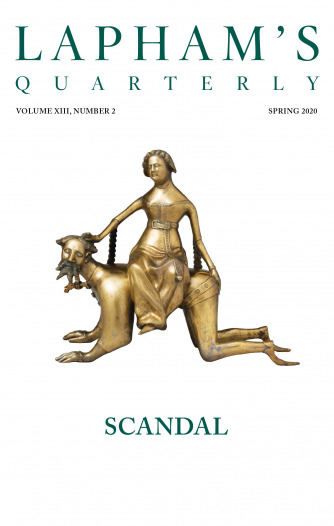Energy may be likened to the bending of a crossbow; decision to the releasing of the trigger. Amid the turmoil and tumult of battle, there may be seeming disorder and yet no real disorder at all; amid confusion and chaos, your array may be without head or tail, yet it will be proof against defeat. Simulated disorder postulates perfect discipline; simulated fear postulates courage; simulated weakness postulates strength. Hiding order beneath the cloak of disorder is simply a question of subdivision; concealing courage under a show of timidity presupposes a fund of latent energy; masking strength with weakness is to be effected by tactical dispositions. Thus one who is skillful at keeping the enemy on the move maintains deceitful appearances in response to which the enemy will act. He sacrifices something so that the enemy may snatch at it. By holding out bait, he keeps him on the march; then with a body of chosen men he lies in wait for him. The clever combatant seeks the effect of combined energy and does not require too much from individuals. Hence his ability to pick out the right men and to harness combined energy. When he employs combined energy, his fighting men become like rolling logs or stones. It is the nature of a log or stone to remain motionless on level ground and to move when on a slope; if four-cornered, to come to a standstill; but if round-shaped, to go rolling down. Thus the energy developed by good fighting men is as the momentum of a round stone rolled down a mountain thousands of feet in height. So much on the subject of energy.
From The Art of War. The ancient historian Sima Qian identified Sun Tzu as a strategist from Qi who served the king of Wu. Most scholars now believe The Art of War comprises the work of multiple authors. Elsewhere the master discusses the importance of discipline among soldiers; superior numbers “shall advantage them nothing in the matter of victory.”
Back to Issue





